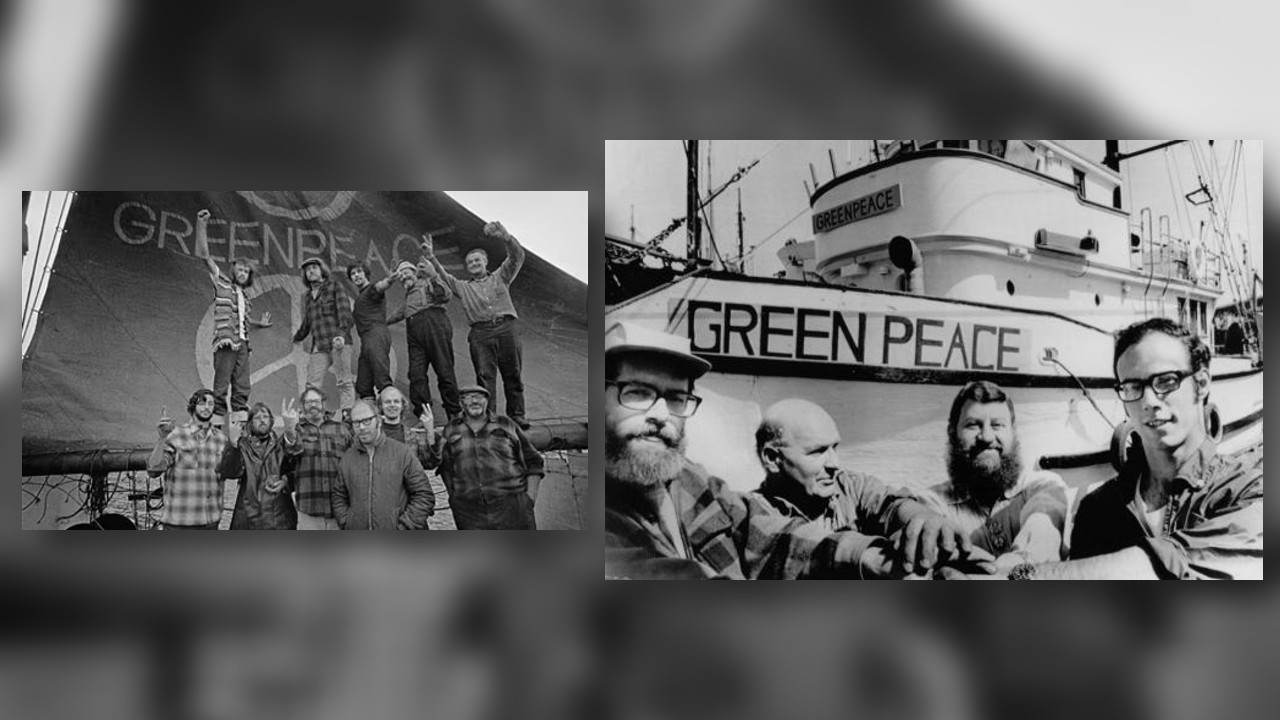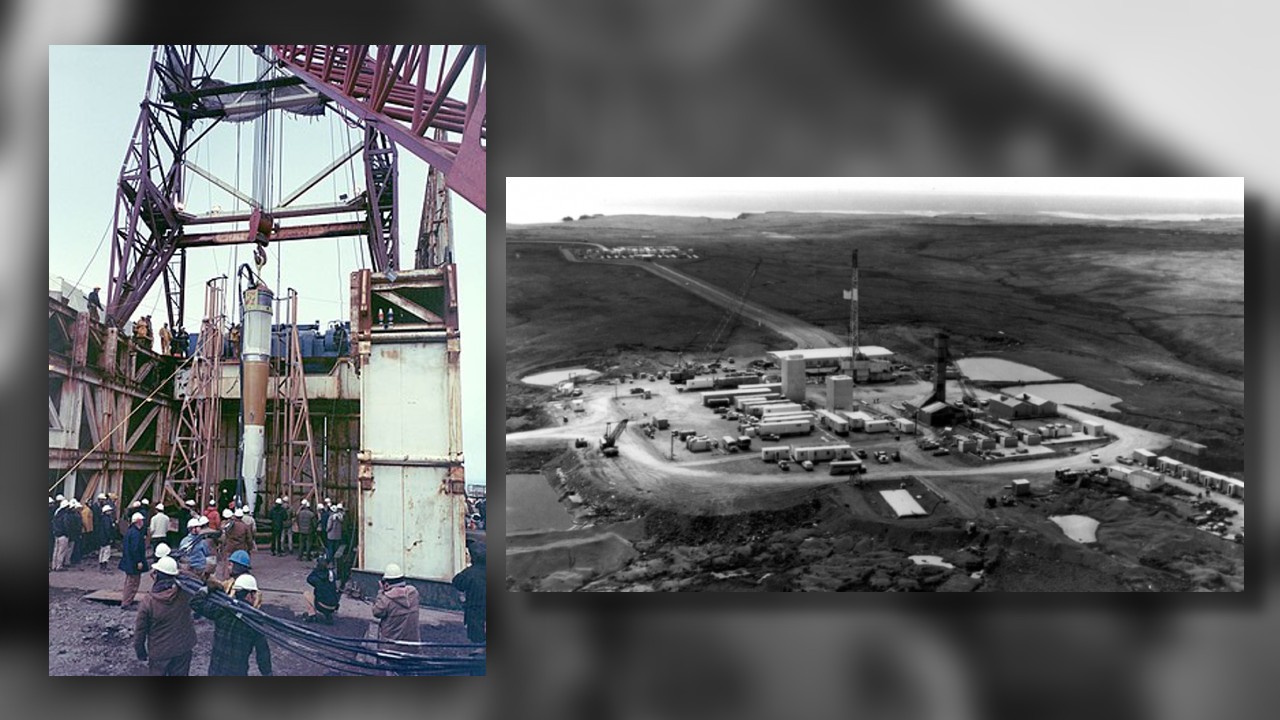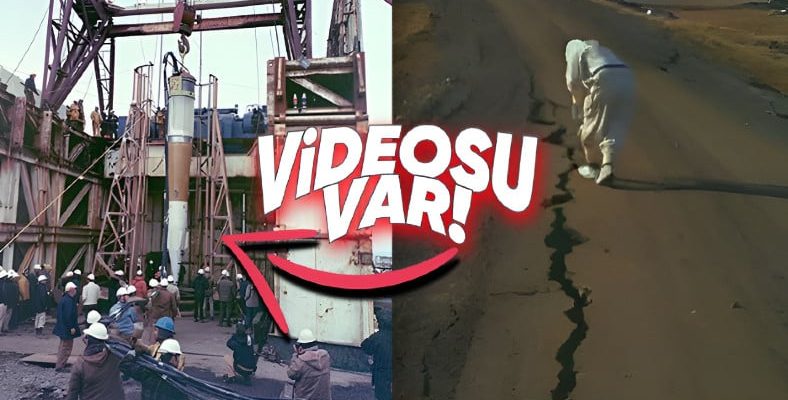On November 6, 1971, the United States Atomic Energy Commission conducted an underground nuclear weapons test. The experiment was the largest underground explosion ever detonated by the United States.
This test, called “Cannikin”, was conducted on the remote island of Amchitka in Alaska. LIM-49 Spartan Anti-Ballistic missile It was intended to test a W71 explosive weapon warhead design for
The test was carried out despite the resistance of various commissions, associations and the public against the explosion. It had serious consequences indeed. You will soon be able to watch the moment of explosion below. Cannikin test Let’s get into the details.
Before the 1971 explosion, there had been two explosions in the same region.
In 1965, scientists and seismologists explored the underground area of the island of Amchitka to see if other countries were conducting underground nuclear tests. An 80 kiloton nuclear explosion made.
A repeat test was carried out in 1969. The purpose of this test is to detect larger underground how their explosions could damage the island, It was to understand how it could trigger seismic activity or create a tsunami.
The Cannikin test received severe criticism before it was implemented.

The environmental group, which is the main executor of the campaign, Greenpeace. Their actions against Cannikin later turned them into an organization.
The test triggered earthquakes due to the Alaska earthquake that occurred in 1964. can cause tsunami was also considered. The protest, attended by 7000 people, closed the border gate between the USA and Canada.
In July 1971, the Committee Against Nuclear Liability appealed to the Atomic Energy Commission. He filed a lawsuit and demanded that the experiment be prevented. but he lost. The test would indeed be done.
The explosion had the potential to be 250 times more powerful than the bomb dropped on Hiroshima.

Equivalent to almost 5 megatons of TNT explosive and The experiment, which took 5 years to prepare, It would be the largest underground explosion ever detonated by the United States.
Hundreds of personnel from the Lawrence Radiation Laboratory and Lawrence Livermore National Laboratory participated in the testing. To perform the test 400 tons of equipment, A well with a depth of 1,807 meters and a width of 2.3 meters was used.
support equipment, To withstand a 4.6 meter earthquake It was designed. James R. Schlesinger, who chaired the Atomic Energy Commission, brought his wife and daughters to the region to demonstrate the safety of the experiment.
Here you can see that huge explosion starting from the 35th second:
Radioactivity on the island and its surroundings; It seeped into the ocean, groundwater and air. In fact, it still continues to leak. In addition, rubble-filled spaces were formed underground. Thousands bird and otter died.
We can encounter radioactive particles in fresh water samples taken from the Bering Sea in America, but the US Department of Energy denies this. The island of Amchitka is no longer used for nuclear explosions.
Our other content that may interest you:
RELATED NEWS
Did you know that fault lines can be “pierced” with a metal tube? Let’s say it from the beginning, it has nothing to do with conspiracy theories!
RELATED NEWS
Why Did the Soviets Drop a Nuclear Bomb into a 2450 Meter Deep Well? There’s a Clever Reason!
RELATED NEWS
The 9 Countries with the Most Effective Nuclear Weapons in the World
RELATED NEWS
